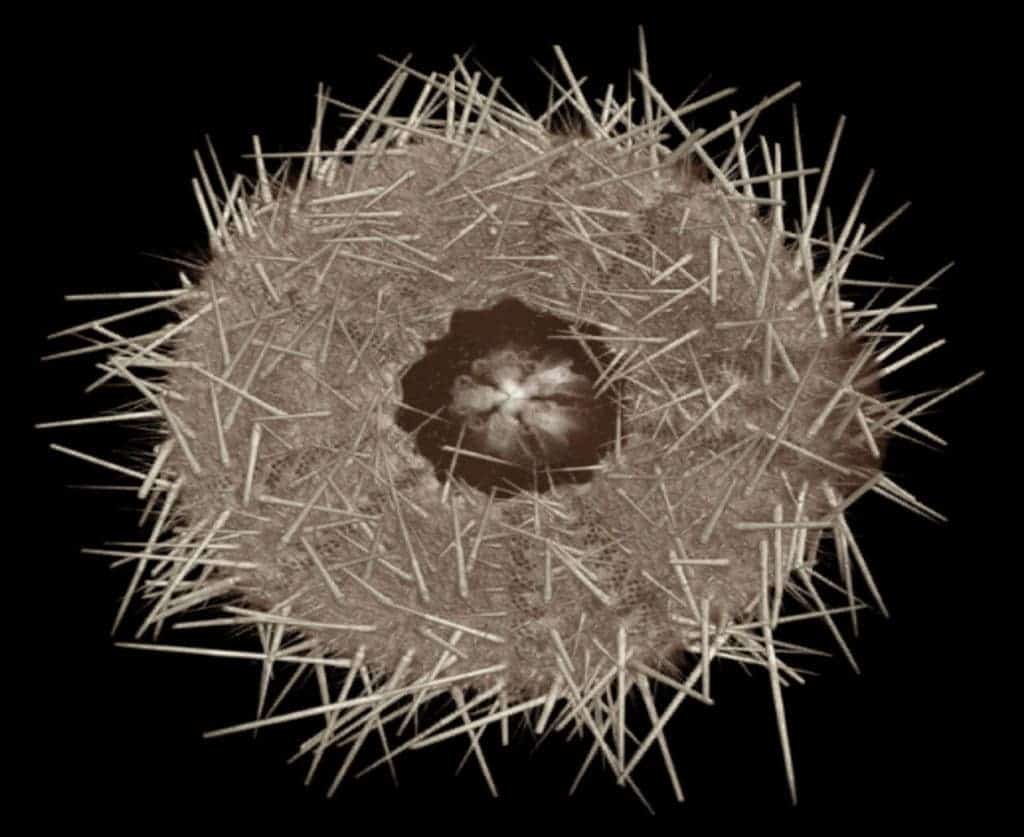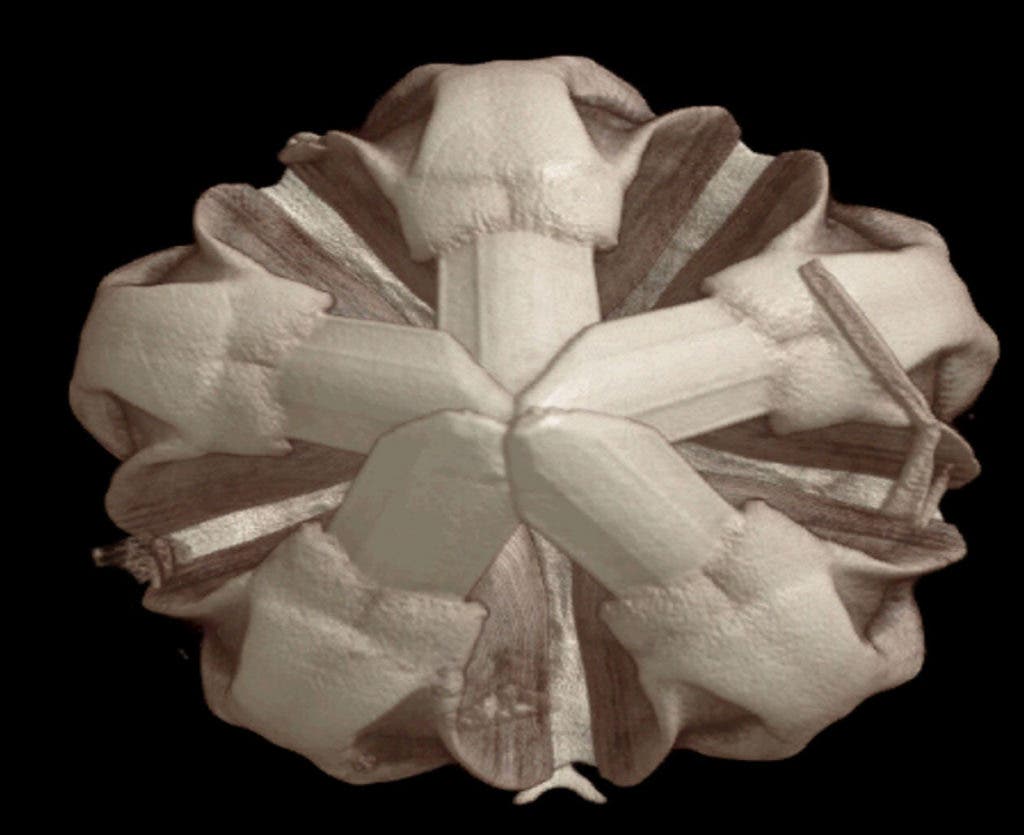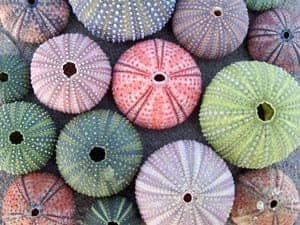
Sometimes called sea hedgehogs because of their tiny bodies covered in spines, sea urchins are remarkable creatures. On the opposite side of their thorny upper body, sea urchins have a mouth with five teeth, each held by a separate jaw. Astonishingly, these teeth sharpen themselves not too different from how you’d grind a kitchen knife, a new study found.
The urchins selectively chip away material from their teeth to maintain a sharp edge. Horacio Espinosa, along with colleagues at Northwestern University, discovered this amazing trait after they used electron microscopy to record 3-D movies showing how the pink urchin’s teeth wear.
According to the findings, the urchin’s teeth are made of ceramic composites arranged in an ordered and precise manner. Calcite fibers disposed on the convex side provide the teeth enhanced structural integrity while the convex side is made of incline calcite plates. As the tooth wears, the calcite plates chip away, sharpening the teeth.
The urchins don’t eventually lose their teeth because they constantly grow them throughout life.

These findings provide new insights into the remarkable lives of sea urchins. But, Espinosa is more interested in the nanomaterial side of the story. He hopes that his work might one day lead to novel materials and microstructures for tools with a wide range of applications, such as cutting, grinding, and boring.
“I am exploring ways to do additive manufacturing of materials that can exhibit the performance of natural materials,” he says.
This wouldn’t be the first time that sea urchins inspire the design of new tools. Previously, aerospace engineers mimicked the sea creature’s star-shaped mouths in a claw-like scoop that can take sediment samples during missions on Mars or other worlds.
The findings were reported in the journal Matter.





